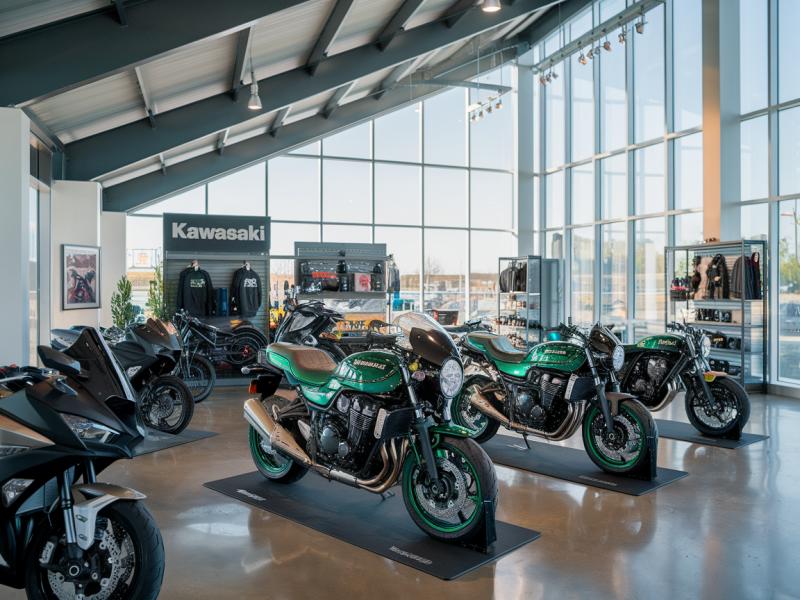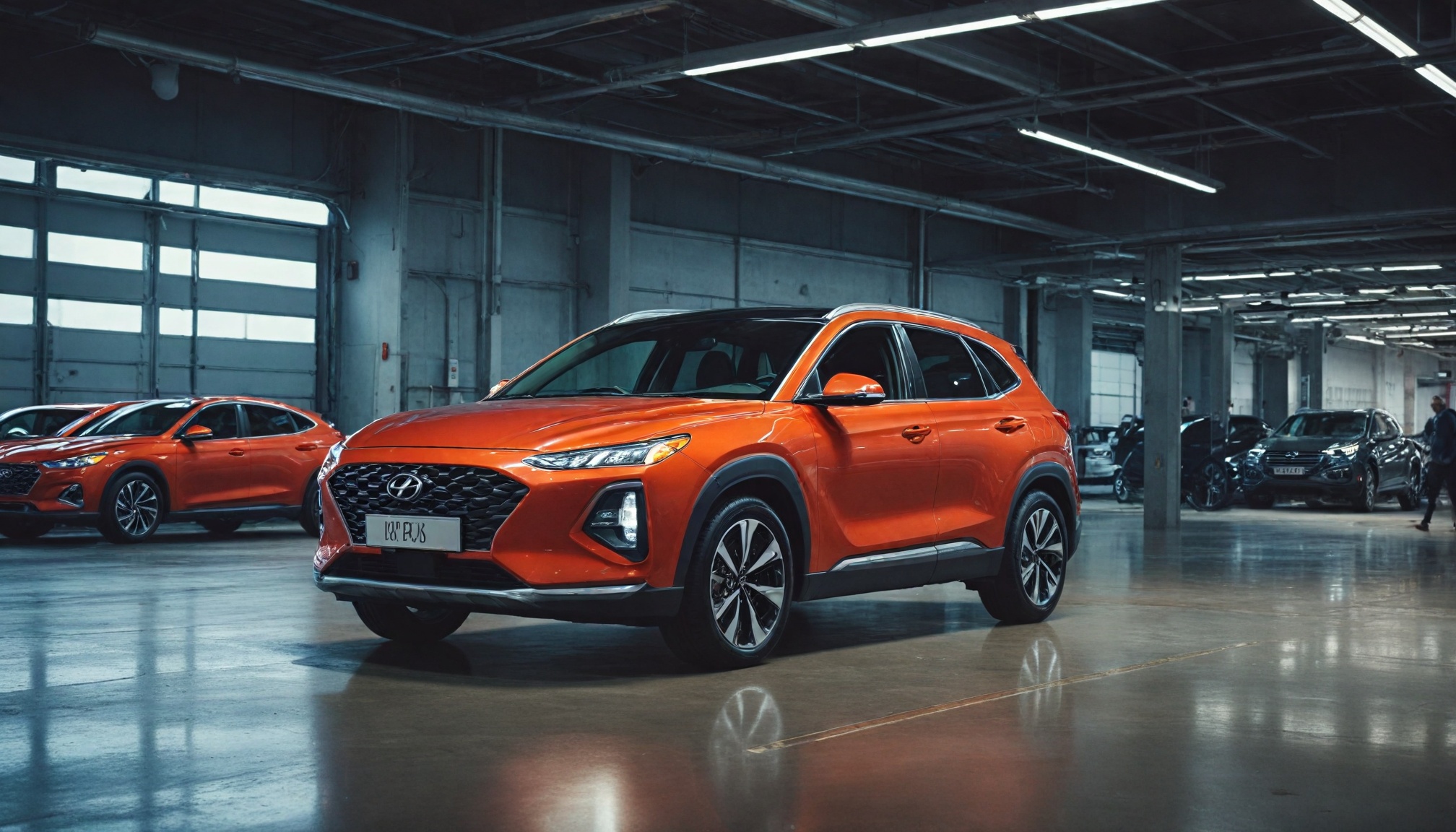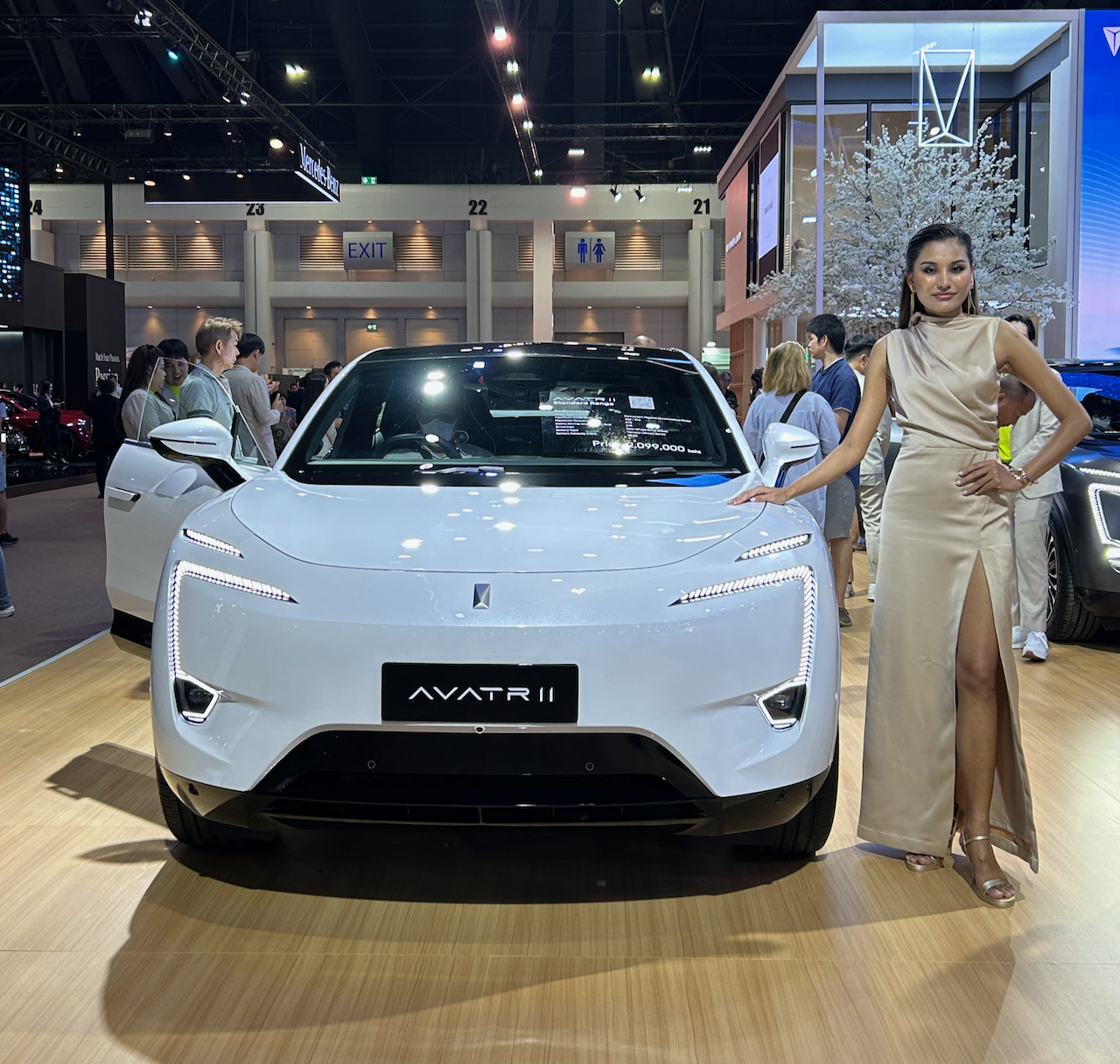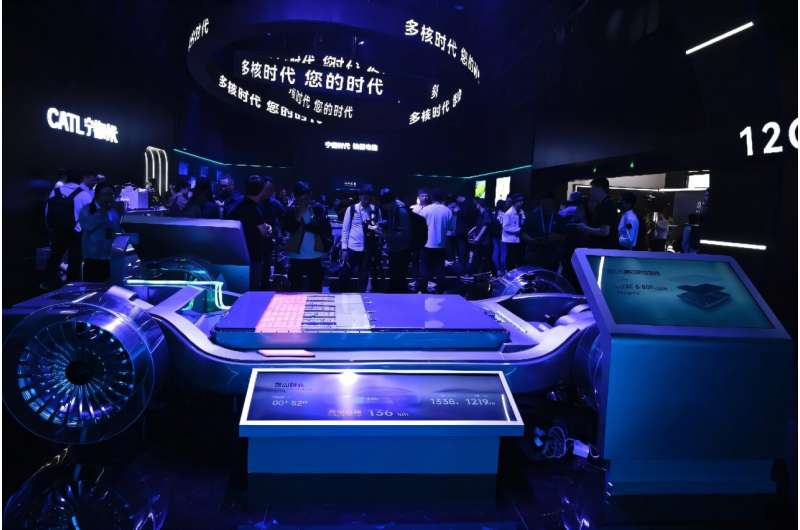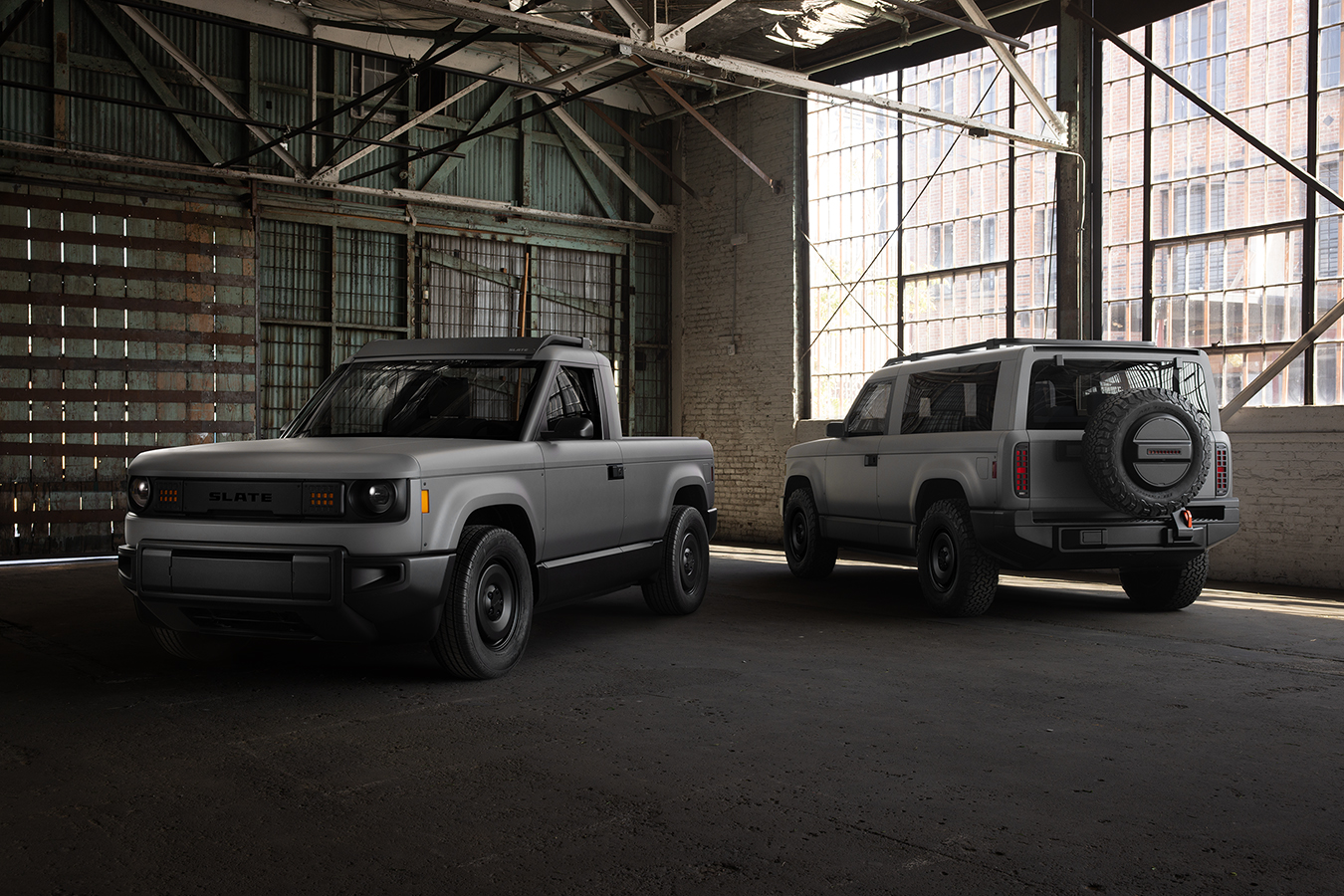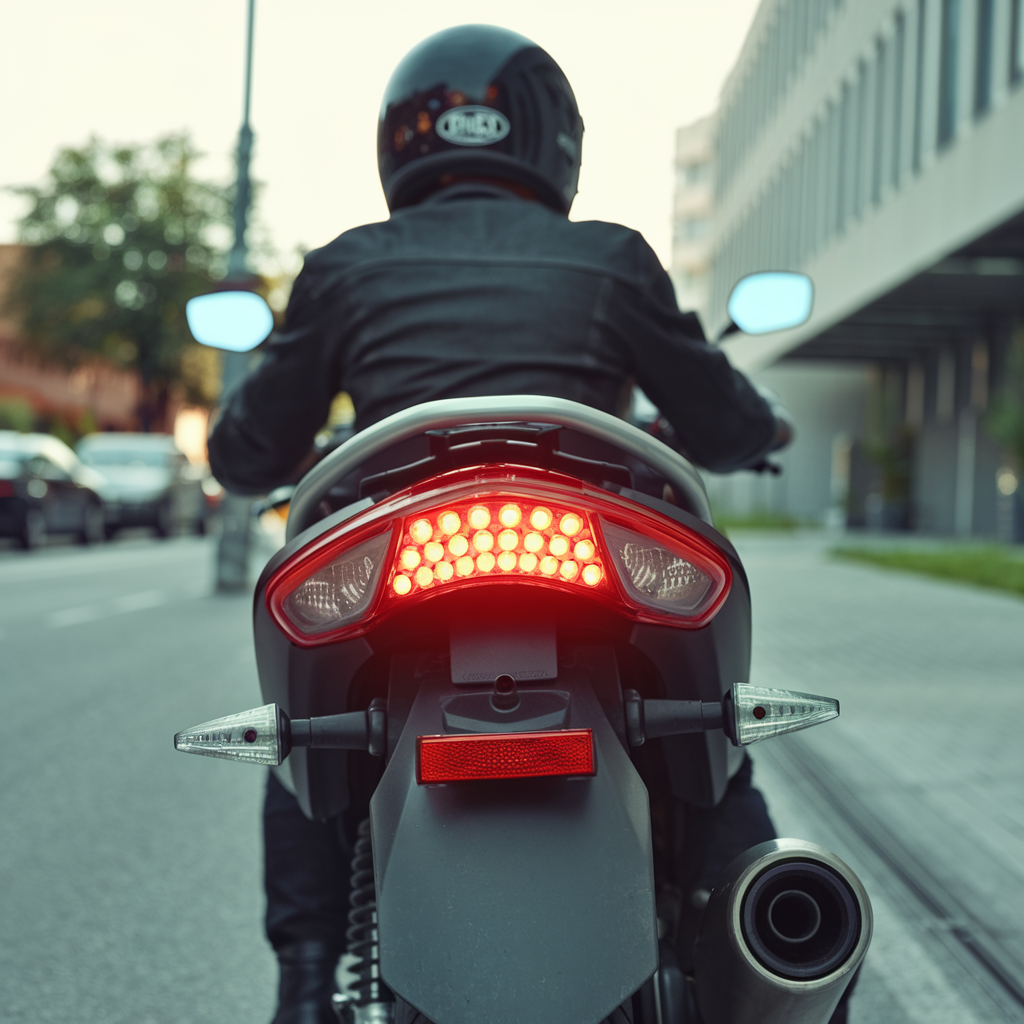
The US motorcycle industry faces a 10.6% sales slump as Harley and Honda struggle with higher prices and changing preferences, while Kawasaki surges to second place nationally.

Drivetech Partners
The U.S. motorcycle industry is facing its worst sales slump in a decade with overall sales plummeting 10.6% in early 2025, as legacy brands like Harley-Davidson and Honda struggle amid dramatically changing consumer preferences and economic pressures. This market realignment has exposed the vulnerability of established manufacturers to price inflation, credit tightening, and technological disruption while creating opportunities for more nimble competitors like Kawasaki, which has surged to become the nation's second-largest motorcycle brand for the first time in history.
Key Takeaways
U.S. motorcycle sales have fallen 10.6% year-to-date in March 2025, with flagship American brand Harley-Davidson suffering a devastating 26% domestic sales decline
Average motorcycle prices have increased by up to 47% since 2019, while loan interest rates have soared to 9-10% for prime borrowers, creating a perfect storm for consumers
Kawasaki has bucked the trend with a 31.9% sales increase, demonstrating how more agile brands with diverse lineups can thrive even in declining markets
Dealers are struggling with an inventory crisis, with Harley-Davidson alone sitting on over 45,000 unsold motorcycles
The industry's future hinges on adapting to changing demographic preferences and embracing technological innovation including EV and electrification
The Market Collapse: Understanding the Numbers
The U.S. motorcycle industry has hit a serious roadblock in 2025. Year-to-date sales through March have fallen 10.6%, with only 108,888 units sold—marking the worst start to a year in the past decade. February was particularly brutal with a 20.7% year-over-year decline, continuing the downward spiral that began in late 2024.
Despite these alarming figures, the United States remains the world's 14th largest motorcycle market with historical annual volume hovering around 500,000 units. The current crisis represents a significant deviation from expected performance and has sent shockwaves through the industry.
Brand Performance: A Shifting Landscape
The sales decline has not affected all manufacturers equally, creating a dramatic reshuffling of market positions. Legacy brands are suffering the most significant losses:
Harley-Davidson's domestic sales have crashed by 26% in early 2025, with global retail sales down 21%
The iconic American manufacturer has been forced to reduce shipments by 33%, resulting in Q1 revenue falling by 27%
Even Harley's ancillary revenue streams are suffering, with Parts & Accessories down 14% and apparel sales declining 11%
Honda sales fell 15.5%, though the Japanese giant has maintained its position as U.S. volume leader
In stark contrast, Kawasaki has defied market trends with an impressive 31.9% sales increase, propelling it to the number two position in the U.S. market for the first time ever. Other notable performers include Indian Motorcycle with an 8.1% increase, Yamaha with a modest 1% decline, while KTM (-30.3%), Suzuki (-18.5%), and BMW (-15.4%) have all struggled significantly.
Price Inflation and Credit Squeeze: The Financial Vise
A primary driver behind the sales collapse is the dramatic rise in motorcycle prices. Average new motorcycle prices have surged up to 47% since 2019. Models that cost $15,000 in 2019 now frequently exceed $22,000—a substantial increase that has priced many potential buyers out of the market.
Compounding this problem is a severe tightening of credit availability. Motorcycle loan interest rates have climbed to 9-10% for prime borrowers, while subprime borrowers face crippling rates of 15-18%. The result? One in five motorcycle loan applications is now being denied, significantly shrinking the pool of qualified buyers and creating a cascading effect on sales.
The Inventory Crisis

Dealerships across the country are drowning in unsold inventory. Harley-Davidson alone has over 45,000 motorcycles sitting in showrooms nationwide, with some bikes remaining unsold for more than a year. This inventory glut creates a vicious cycle: dealers must offer steeper discounts to move aging stock, which further erodes profit margins and brand positioning.
The used motorcycle market has collapsed in parallel, with trade-in values plummeting by 35%. Many dealers have become reluctant to accept trade-ins due to the flood of repossessed motorcycles hitting the market. This situation has trapped many current owners in negative equity positions, making it financially impossible for them to upgrade to new models even if they wanted to.
Shifting Consumer Preferences
The pandemic-era enthusiasm for motorcycle purchases has faded dramatically, revealing fundamental changes in consumer preferences. Buyers are increasingly turning away from expensive traditional cruisers and toward more affordable, technologically advanced options.
Younger riders are seeking different experiences than previous generations, showing more interest in:
Versatile, multi-purpose motorcycles
Affordable entry-level options
Technologically advanced features
Electric and alternative powertrain models
Bikes that fit urban lifestyles
Legacy brands have struggled to connect with these changing demographic preferences, creating an opening for more responsive competitors to gain market share.
Manufacturers' Response to Market Reality
Faced with plummeting sales and growing inventory backlogs, motorcycle manufacturers are scrambling to adapt. Many brands have slashed production schedules and scaled back shipments to prevent further inventory buildup. Marketing efforts have intensified with "epic discounts" and promotional financing becoming commonplace.
Harley-Davidson has withdrawn its 2025 financial forecast entirely due to market volatility—a stark indication of the uncertainty gripping the industry. Most manufacturers are caught in a difficult balancing act between maintaining premium pricing strategies and moving stagnant inventory.
The Rise of Agile Competitors
Kawasaki's dramatic growth demonstrates the value of adaptability in today's volatile market. By offering a diverse product line that spans multiple price points and riding styles, Kawasaki has positioned itself to capture sales from various consumer segments while legacy brands remain more narrowly focused.
Indian Motorcycle's 8.1% sales increase similarly shows that a targeted strategy can succeed even in a down market. The common factor among these growth brands appears to be their ability to quickly respond to changing consumer demands and offer compelling value propositions that resonate with today's riders.
Looking to the Future: Technology, Electrification, and Transformation
The motorcycle industry stands at a pivotal crossroads. Legacy brands' slow pace of electrification and technological innovation has left them vulnerable to disruption from more forward-thinking competitors. Even Harley-Davidson's electric motorcycle division, LiveWire, has experienced sales declines, suggesting that half-hearted approaches to new technology aren't resonating with consumers.
Despite the current struggles, the U.S. motorcycle market revenue is still projected at $7.14 billion in 2025. However, long-term growth will depend on manufacturers' ability to align with evolving consumer expectations. Global trends toward electrification and digital integration will reshape the industry landscape, likely favoring brands that embrace these changes rather than resist them.
For traditional motorcycle manufacturers, the message is clear: adapt to changing consumer preferences, embrace new technologies, and create more accessible pricing structures—or risk becoming increasingly irrelevant in the marketplace of tomorrow.
Sources
motorcyclesdata.com - United States Motorcycles Market
RevZilla - Moto predictions for 2025
Men's Journal - Beloved Motorcycle Company Announces Bad News as Sales Plunge
AInvest - Harley-Davidson Q1 2025 Results: Stormy Ride
Statista - Motorcycles United States Market Forecast
